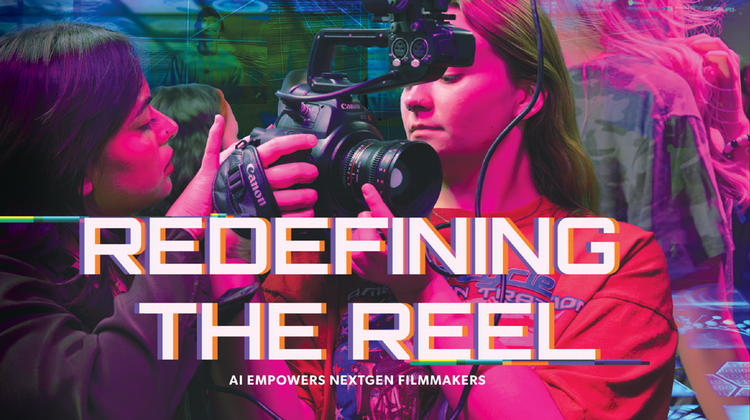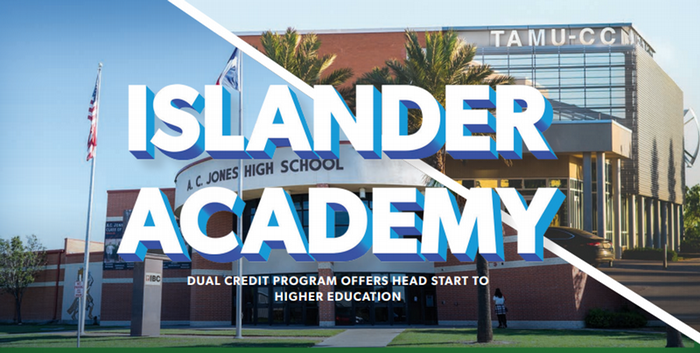Visiting Fulbright Scholar Will Apply Lessons from Gulf to Argentinian Artificial Reef Park
CORPUS CHRISTI, Texas — Dr. Fausto Firstater, a researcher from Escuela Superior de Ciencias Marinas (UNCo) in northern Patagonia Argentina, and CONICET, the National Scientific and Technical Research Council - Argentina, has joined the Harte Research Institute for Gulf Studies’ Center for Sportfish Science and Conservation this summer to research artificial reef structures in the Gulf, and bring those lessons home to an artificial reef park project that’s currently underway in his home country.
Firstater, a marine ecologist focused on community ecology, came to HRI and the Texas A&M University-Corpus Christi campus as a Fulbright Visiting Scholar, and he will spend three months in Texas studying how the structural complexity of Gulf artificial reefs impacts the diversity and abundance of fish communities living on them. He has partnered with Dr. Greg Stunz, HRI Chair for Fisheries and Ocean Health, whose lab has done extensive research into the role artificial reefs play as fisheries habitat.
“We are pleased to host Dr. Firstater through the Fulbright Scholar program. The program offers a great opportunity for scientists from around the world to work together and learn from each other’s experiences in our home countries,” Stunz said. “These exchanges allow us to make new discoveries and advance our scientific knowledge. Not only will Dr. Firstater learn about our artificial reef science here in the Gulf, our teams at the institute will benefit greatly from his knowledge and skillsets.”
After working with the Sportfish Center team, Firstater will take his research home to Argentina, where he is working with Parque Submarino Las Grutas, the largest underwater park of its kind in South America. There, local officials are sinking ships to create a series of artificial reefs that will recruit diverse species of fish and other marine life, attracting divers and promoting eco-tourism in the region.
“When you build these artificial reefs it’s like you’re building an island in a place where you had nothing before. It starts to be colonized and attracts a diversity of life, including fish,” Firstater said.
He added that part of creating artificial reefs with a purpose in mind means you must understand how they attract and sustain marine life, and how diverse communities of fish interact with the reef.
“When you start to study the complexity of these habitats, you see there are many concepts involved, including the abundance of elements, their arrangement in space and their size. We want to start to disentangle that,” Firstater said.
Firstater was attracted to HRI for a reason – the Gulf has long been unique in its abundance of artificial reefs. The Gulf is a relatively muddy bottomed habitat, but its large marine energy exploration infrastructure of active and abandoned platforms has created unexpected oases of life underwater. These manmade structures in the northwestern Gulf make up the largest complex of artificial reefs in the world, and researching the role these reefs play in fish recruitment and community has been a big issue in recent years as new rules requiring the decommissioning and removal of oil and gas platforms have come online.
I am very happy to work with Dr. Greg Stunz, and I want to learn as much as I can about the Harte Research Institute.
Dr. Fausto Firstater, Fulbright Visiting Scholar
Working with the Texas Parks and Wildlife Department, the Sportfish Center at HRI has played a large role in understanding the way the reefs attract and create abundance in important fish species in the Gulf, and have also looked at best practices for creating permanent artificial reef structures.
Firstater said he’s excited to tap into the resources and expertise of HRI directly related to his project, but he also hopes to explore the many other types of work underway at the institute. HRI is unique in the community of marine science institutes in its transdisciplinary way of approaching the Gulf’s problems, and houses experts across the ecological and social sciences who work together to solve problems.
“I am very happy to work with Dr. Stunz, and I want to learn as much as I can about the Harte Research Institute,” Firstater said. “It’s a great opportunity to be here and I’m excited to see and learn as much as I can about what the other labs are doing.”












